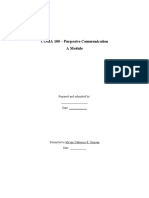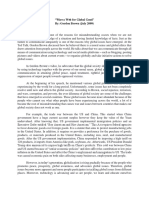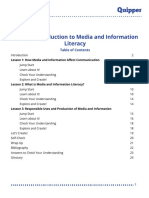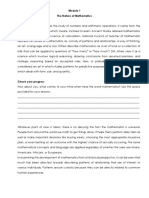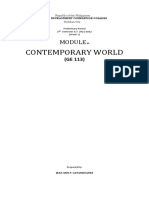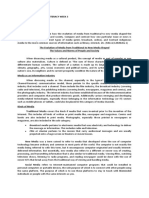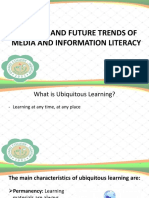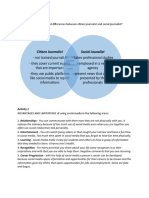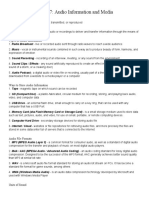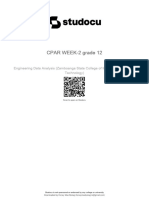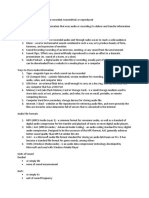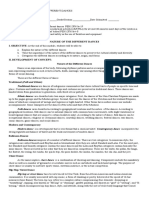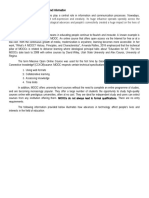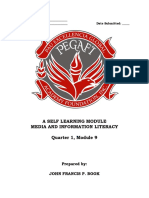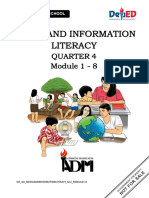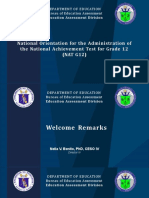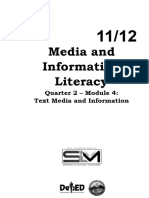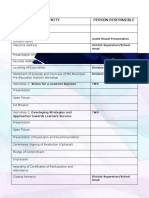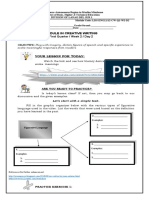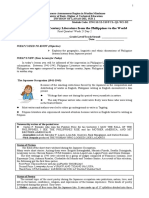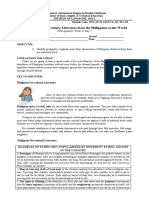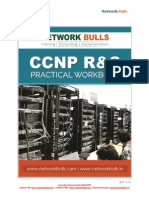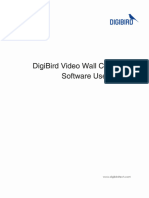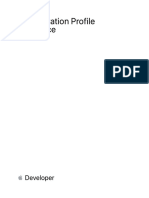0% found this document useful (0 votes)
200 views12 pagesMIL - Q1 - Challenges in The Virtual World
The document provides an overview of challenges and risks associated with media use, including cybercrimes like cyberbullying, computer addiction, identity theft, and the digital divide. It also summarizes key aspects of the Philippine Cybercrime Prevention Act of 2012, which aims to address legal issues concerning online interactions and defines punishable cybercrime offenses like illegal access, illegal interception, data and system interference, misuse of devices, and cyber-squatting.
Uploaded by
Salima A. PundamdagCopyright
© © All Rights Reserved
We take content rights seriously. If you suspect this is your content, claim it here.
Available Formats
Download as DOCX, PDF, TXT or read online on Scribd
0% found this document useful (0 votes)
200 views12 pagesMIL - Q1 - Challenges in The Virtual World
The document provides an overview of challenges and risks associated with media use, including cybercrimes like cyberbullying, computer addiction, identity theft, and the digital divide. It also summarizes key aspects of the Philippine Cybercrime Prevention Act of 2012, which aims to address legal issues concerning online interactions and defines punishable cybercrime offenses like illegal access, illegal interception, data and system interference, misuse of devices, and cyber-squatting.
Uploaded by
Salima A. PundamdagCopyright
© © All Rights Reserved
We take content rights seriously. If you suspect this is your content, claim it here.
Available Formats
Download as DOCX, PDF, TXT or read online on Scribd
/ 12

